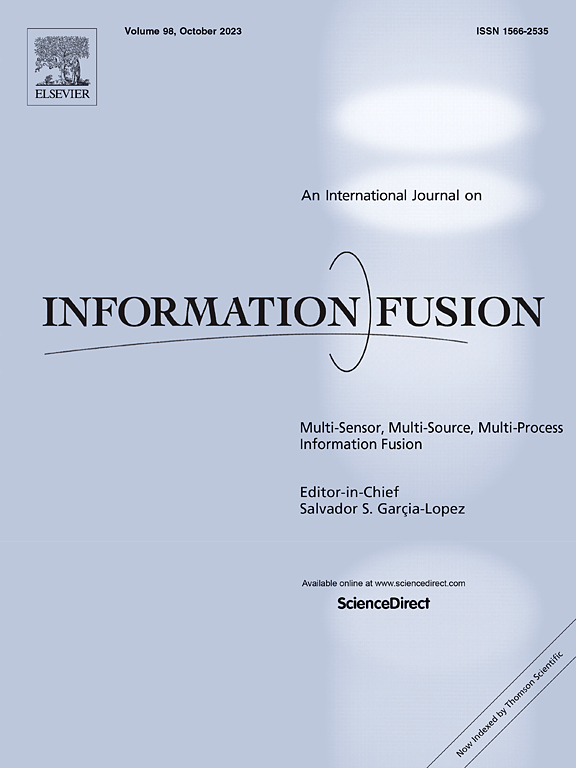Semi-supervised medical image classification via Cross-Training and Dual-Teacher fusion model
IF 15.5
1区 计算机科学
Q1 COMPUTER SCIENCE, ARTIFICIAL INTELLIGENCE
引用次数: 0
Abstract
Pseudo-labeling approaches, a powerful paradigm for semi-supervised learning in medical image analysis, involve a teacher network to generate pseudo-labels and a student network to utilize the generated pseudo-labels. However, the generation and utilization of pseudo-labels are tightly coupled as both the teacher and student model share the same network. The inability of a single model to self-correct effectively can cause confirmation biases and potential error accumulation as the training proceeds. To address the problems, a novel semi-supervised framework fusing Cross-Training and Dual-Teacher (CTDT) is proposed in this paper. Firstly, a novel cross-training strategy is introduced, which adopts distinct architectural inductive biases within semi-supervised learning framework, enabling different models to mutually correct each other due to their varying learning capabilities and effectively preventing the direct accumulation of errors. Further, a dual-teacher fusion module is proposed to alleviate confirmation biases, which fuses complementary knowledge from diverged teachers to capture distinctive feature representations from unlabeled data and co-guide the student model. Extensive experiments on two public medical image classification benchmarks, i.e. skin lesion diagnosis with ISIC2018 challenge and colorectal cancer histology slides classification with NCT-CRC-HE, justify that our method (CTDT) achieves an average improvement of 2.48% on the NCT-CRC-HE and 3.13% on the ISIC2018.
基于交叉训练和双师融合模型的半监督医学图像分类
伪标签方法是医学图像分析中半监督学习的一个强大范例,它包括一个教师网络来生成伪标签,一个学生网络来利用生成的伪标签。然而,伪标签的生成和使用是紧密耦合的,因为教师模型和学生模型共享同一个网络。随着训练的进行,单个模型无法有效地自我纠正会导致确认偏差和潜在的错误积累。为了解决这些问题,本文提出了一种融合交叉培训和双教师(CTDT)的半监督框架。首先,引入了一种新的交叉训练策略,该策略在半监督学习框架内采用不同的体系结构归纳偏差,使不同的模型能够根据不同的学习能力相互纠正,有效地防止了错误的直接积累。此外,本文还提出了一个双师融合模块来缓解确认偏差,该模块融合了来自不同教师的互补知识,从未标记的数据中捕获独特的特征表示,并共同指导学生模型。在两个公共医学图像分类基准(即ISIC2018挑战的皮肤病变诊断和NCT-CRC-HE的结直肠癌组织学切片分类)上进行的大量实验证明,我们的方法(CTDT)比NCT-CRC-HE平均提高2.48%,比ISIC2018平均提高3.13%。
本文章由计算机程序翻译,如有差异,请以英文原文为准。
求助全文
约1分钟内获得全文
求助全文
来源期刊

Information Fusion
工程技术-计算机:理论方法
CiteScore
33.20
自引率
4.30%
发文量
161
审稿时长
7.9 months
期刊介绍:
Information Fusion serves as a central platform for showcasing advancements in multi-sensor, multi-source, multi-process information fusion, fostering collaboration among diverse disciplines driving its progress. It is the leading outlet for sharing research and development in this field, focusing on architectures, algorithms, and applications. Papers dealing with fundamental theoretical analyses as well as those demonstrating their application to real-world problems will be welcome.
 求助内容:
求助内容: 应助结果提醒方式:
应助结果提醒方式:


